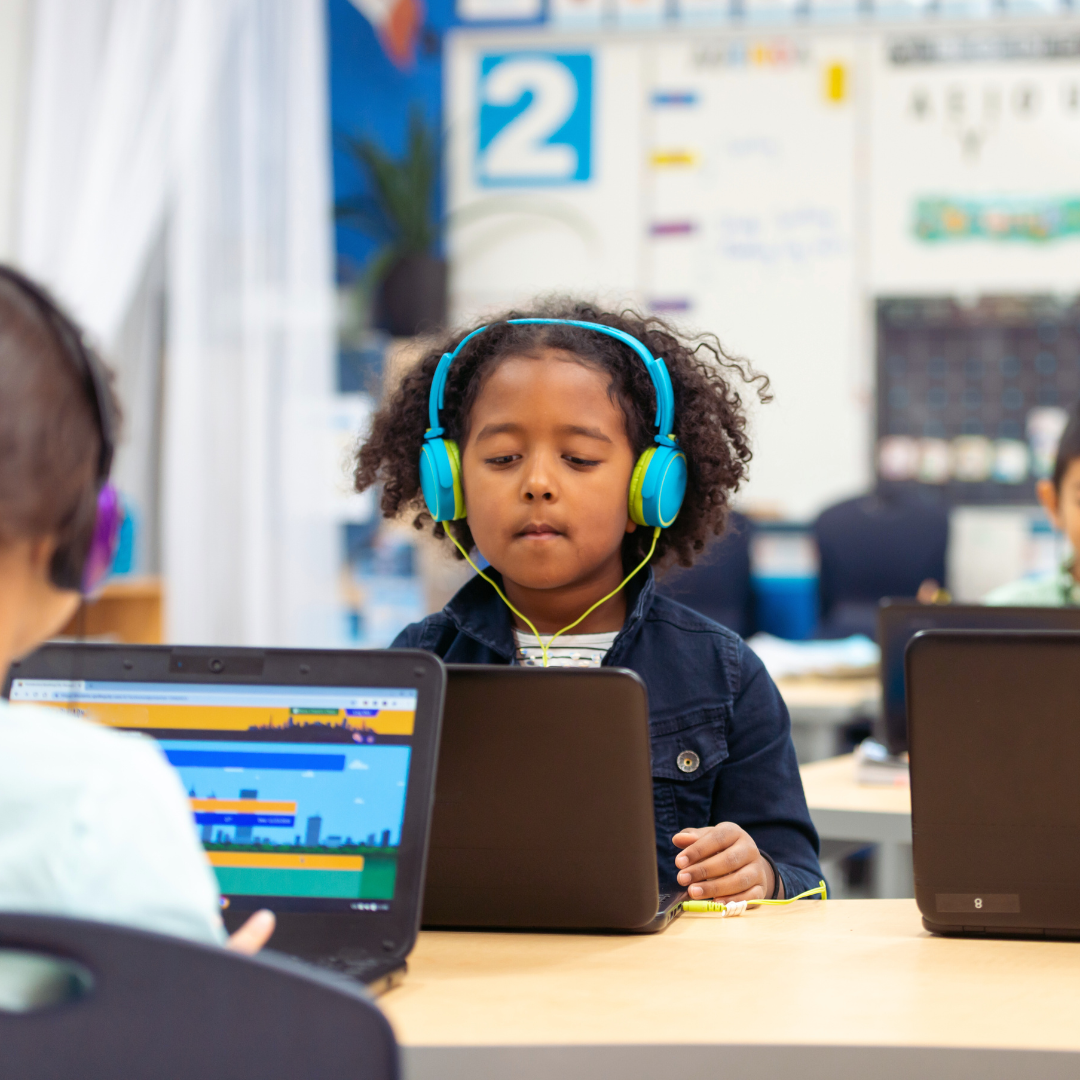The landscape of education is evolving rapidly, influenced by technological advancements and changing societal needs. Education in the future may incorporate personalized learning experiences, leveraging artificial intelligence to tailor content to individual student capabilities and interests. This shift will likely foster a deeper engagement and understanding, moving away from traditional one-size-fits-all approaches.
In addition, the integration of virtual and augmented reality could transform classrooms into immersive learning environments. Students might explore historical events or complex scientific concepts in a way that is both interactive and engaging, enhancing their retention of information. As educators adapt to these innovations, curricula will shift to prepare learners for an ever-changing world.
Collaboration across geographical boundaries will also redefine educational opportunities. Through online platforms, students from diverse backgrounds can work together on projects, fostering a sense of global citizenship and teamwork. This interconnectedness will prepare them for a future that increasingly values diversity and collaboration across different cultures and disciplines.
Pioneering Educational Frameworks
The future of education is shaped by innovative approaches integrating technology and personalized learning pathways. Hybrid models and the influence of artificial intelligence are key components in creating effective educational experiences.
Hybrid Learning Models
Hybrid learning models combine traditional classroom methods with online elements. This approach allows educators to maximize resources and cater to varying student needs.
- Flexible Learning Environments: Students can attend classes in person or participate remotely. This flexibility can accommodate various learning styles and personal circumstances.
- Blended Curriculum: A mix of face-to-face instruction and digital content provides diverse learning materials. This encourages engagement and deeper understanding through varied formats, such as videos, quizzes, and interactive simulations.
- Collaborative Tools: Technology facilitates group work and peer interaction, even from a distance. Platforms like Google Classroom or Microsoft Teams enable seamless communication and project-based learning.
Personalized Learning and AI
Artificial Intelligence enhances personalized learning by tailoring educational experiences to individual students’ strengths and weaknesses. Key features include:
- Adaptive Learning Systems: These platforms analyze student performance and adjust content accordingly. As a result, learners progress at their own pace, ensuring mastery of concepts before advancing.
- Data-Driven Insights: Educators can access valuable analytics to inform instruction and identify students needing additional support. This data guides targeted interventions and personalized feedback.
- Intelligent Tutoring Systems: AI-powered tools provide extra assistance outside the classroom. These systems offer explanations, hints, and practice problems, fostering independent learning and problem-solving skills.
Lifelong Learning and Upskilling
A commitment to lifelong learning addresses the rapid changes in job markets and technology. This framework emphasizes continuous skill development through various means:
- Micro-Credentials: Short, focused programs offer recognition for skills gained through workshops or online courses. These badges or certificates demonstrate competence to employers and enhance resumes.
- Flexible Learning Opportunities: Many institutions provide courses tailored for working professionals. Evening classes, online sessions, and weekend workshops enable individuals to balance education with work.
- Community and Industry Partnerships: Collaborations between educational institutions and businesses promote upskilling programs. Such initiatives ensure curricula remain relevant and aligned with industry needs, preparing learners for future challenges.
Technological Advancements in Education
The future of education will be heavily influenced by technological advancements. Key areas include the integration of artificial intelligence, the rise of e-learning platforms, and the gamification of learning environments.
Integration of Advanced AI
Advanced AI will transform personalized learning experiences. It can analyze student data to customize educational pathways, adapting content to fit each learner’s pace and style.
Key Benefits:
- Tailored lesson plans
- Real-time feedback
- Adaptive assessments
Educators will have access to valuable insights that help identify challenges each student faces. This allows for timely interventions, ensuring that no student falls behind.
E-Learning Platforms and Online Engagement
E-learning platforms will expand educational access, enabling students to learn from anywhere with internet connectivity. They often include interactive content, videos, and forums to enhance engagement.
Features:
- Multimedia resources
- Discussion boards for peer interaction
- Mobile access for learning on the go
Institutions will benefit from reduced operational costs and increased scalability. Online engagement tools will boost participation, allowing for a more collaborative learning environment.
Gamification in Learning Environments
Gamification will make learning more engaging by incorporating game elements into educational settings. This approach motivates students through points, badges, and leaderboards.
Advantages:
- Increased student motivation
- Enhanced retention of information
- Fostering a sense of community through competition
By turning learning objectives into game-like challenges, students can actively participate in their education. This method emphasizes interactive learning, often yielding better academic results.
Sustainable and Inclusive Education
Sustainable and inclusive education is critical for addressing current and future challenges. This approach not only encompasses environmental awareness but also promotes social equity and effective governance.
Climate Impacts and Environmental Education
Education must integrate environmental studies to address climate change effectively. Students should engage with interactive curricula that emphasize local and global environmental issues. This includes understanding the impacts of human activities on ecosystems and climate.
Programs should encourage hands-on projects, such as community gardens or recycling initiatives. Such activities foster a sense of responsibility and empower students to contribute positively to their environment.
Collaboration with environmental organizations can enhance learning experiences. This can include field trips, workshops, and guest speakers who share real-world insights on sustainability challenges.
Gender Equality and Economic Growth
Promoting gender equality in education can significantly drive economic growth. When both genders have equal access to education, it leads to a more skilled workforce. This, in turn, encourages innovation and productivity.
Educational programs should focus on breaking down stereotypes that limit opportunities for girls. This includes encouraging female participation in STEM fields and leadership roles.
Policies must also support the education of marginalized groups. Ensuring access for all demographics aids in fostering social cohesion and balanced economic development.
Effective Governance in Education
Effective governance in education ensures that resources are allocated efficiently and equitably. Transparency and accountability in educational institutions help build trust in the system.
Engagement with communities in decision-making processes is essential. When stakeholders have a voice, education policies become more reflective of community needs.
Additionally, integrating democratic principles into educational governance nurtures informed citizenship. This contributes to social cohesion and empowers students to participate actively in democratic processes.
The Future of Industry and Education Intersection
The integration of education and industry will evolve to meet the demands of a rapidly changing economy. As new technologies emerge, aligning education with industry needs will become essential for preparing a skilled workforce.
Education and Career Pathways in Emerging Markets
Emerging markets are witnessing a transformation in education to match the skills required by evolving industries. Vocational training programs are gaining prominence, providing specific skills needed in local economies.
Key Features:
- Industry Partnerships: Businesses collaborate with educational institutions to develop curricula that match market demands.
- Flexible Learning Models: Programs are increasingly adopting online and hybrid approaches to accommodate diverse learners.
Entrepreneurship education is also vital, preparing students to innovate and contribute to their communities. Universities in these regions often facilitate incubators and accelerators, helping students transition from theory to practical application.
Synergy between Education and Urban Development
Urban areas are becoming hubs for educational excellence, fostering innovation and research. This synergy prompts investments in infrastructure that support both education and industry growth.
Important Aspects:
- Research Institutions: Collaboration between universities and businesses boosts research initiatives that address urban challenges.
- Smart Cities Initiatives: Education is integral in preparing graduates for careers in technology-driven urban development.
Such initiatives encourage sustainability and economic growth while addressing societal needs. By integrating education with urban planning, cities can develop programs that enhance both workforce readiness and community well-being.



